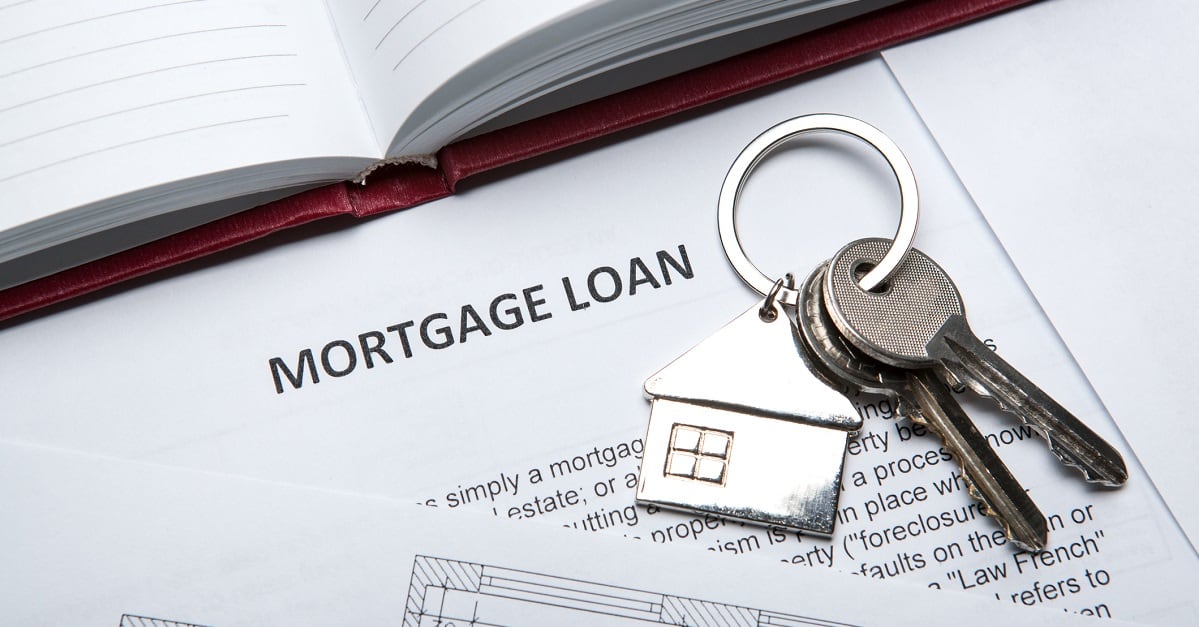VA is a late addition to the adjustable-rate mortgage game, having only received permanent federal authority to back these types of loans in 2012. But they are now an option for VA-backed borrowers, and with the expected uptick in interest rates for 2018, the loans may be worth a second look for some eligible service members and veterans.
The basic ARM mechanics don’t change for VA loans: Borrowers get a lower-than-market-level interest rate at the start of the loan, which then rises as the loan matures. Traditional ARMs have annual adjustments; so-called “hybrid” loans will lock in a rate for an extended period, then begin the climb.
Some VA-specific rules for these loan products, according to the agency’s Lenders Handbook:
- Annual interest rate adjustments for traditional ARMs can’t exceed one percentage point.
- Interest rate increases can’t exceed five percentage points over the life of the loan.
- Hybrid ARMs with a fixed rate for less than five years can’t adjust by more than one percentage point at the end of that fixed period, and the total adjustment over the life of the loan can’t exceed five percentage points.
- Hybrid ARMs with a fixed rate for five or more years can adjust by two percentage points after that period, and can increase up to six percentage points over the length of the loan.
RELATED

Some VA-friendly home lenders target active-duty members with these types of loans, especially those who may be on the move and looking to sell before their interest rates ratchet up. While this approach offers a lower introductory rate, borrowers run the risk of not being able to sell in their predicted time frame, which could lead to a ballooning mortgage payment that might not be matched by any rental income.
Want more details on ARMs, hybrids or other loan types? Visit our VA Loan Center.
Kevin Lilley is the features editor of Military Times.




